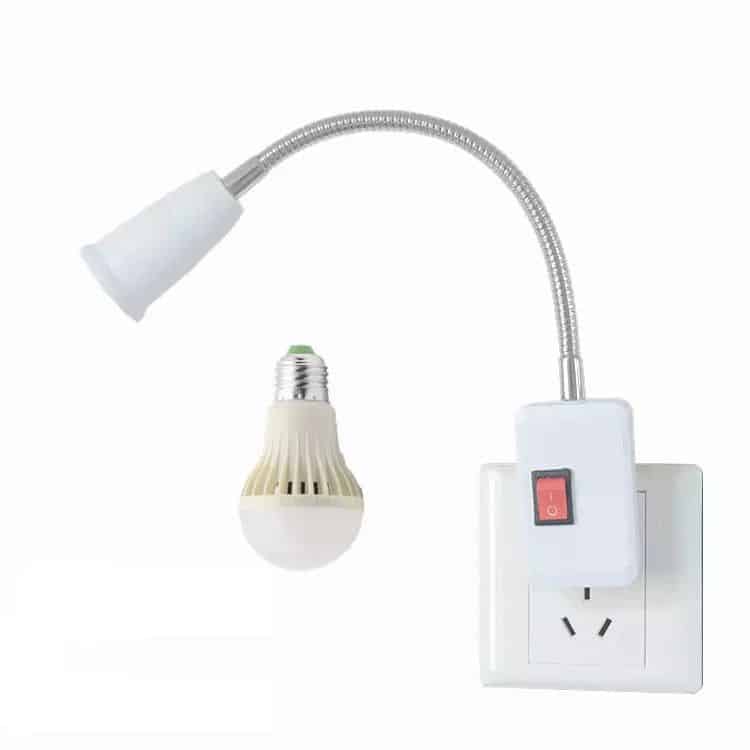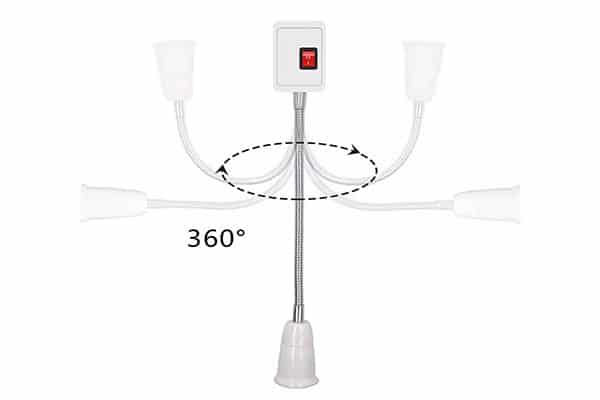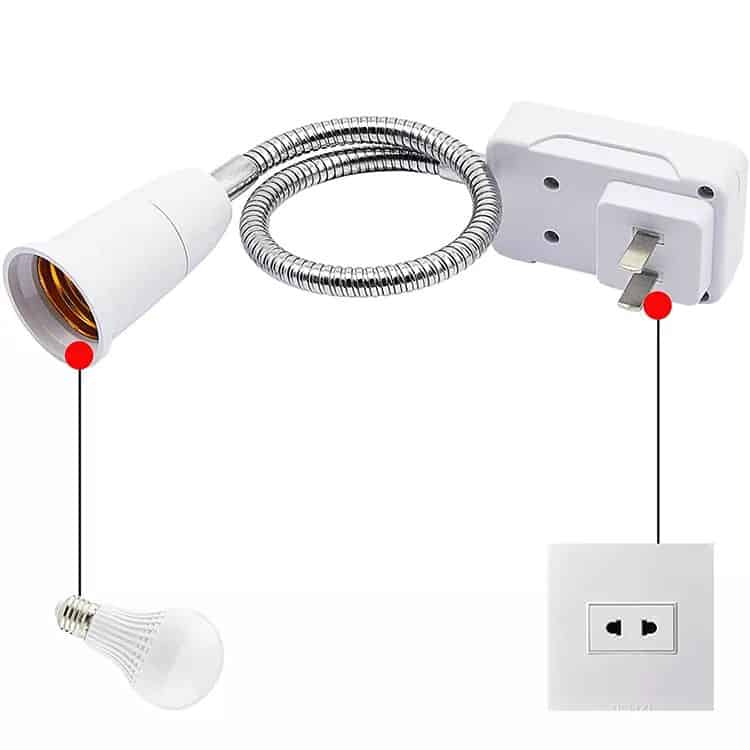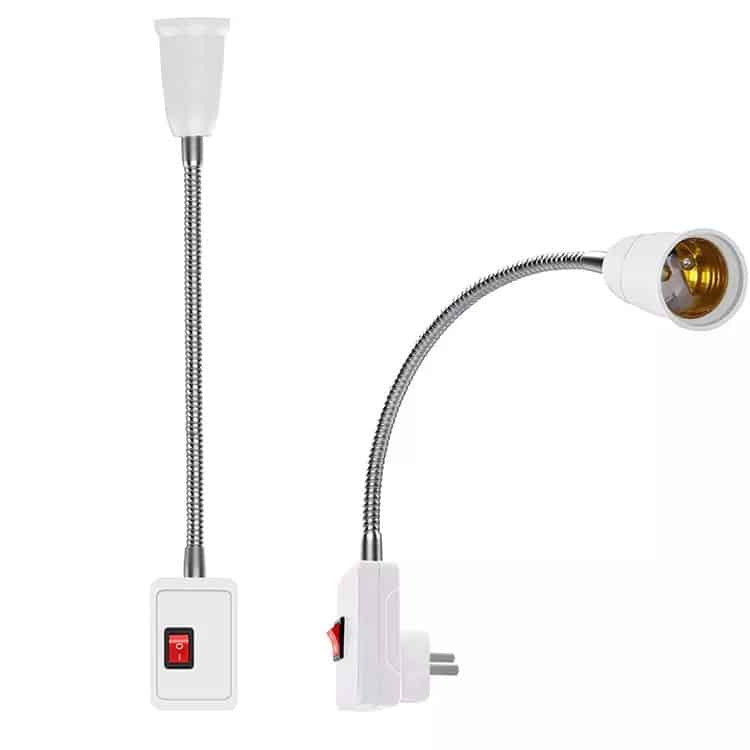A lot of people have problems wiring light sockets to switches. This can lead to electrical problems and lights that don’t work right. I’ll show you how to do it.
To wire a light socket to a switch, connect the hot wire to the switch and the socket. Make sure you connect the ground and neutral wires properly. Always turn off the power before you start doing this.
Let me walk you through it with step-by-step instructions.

Can I Wire a Light Switch to a Socket?
Yes, it is possible to wire a light switch to control a socket. To do this, you need to route the live (hot) wire through the switch and then connect it to the socket. This setup allows the switch to control whether power flows to the socket. In such a configuration, the switch operates as the gatekeeper for the socket’s power supply.
However, it’s essential to check local electrical codes before proceeding. In some regions, controlling plug sockets via light switches may not be compliant with safety regulations, particularly when the socket is intended for higher-wattage appliances. Therefore, this approach is best for low-power devices such as lamps or portable electronics.
Can You Wire a Plug Socket to a Lighting Circuit?
Although technically possible, wiring a plug socket to a lighting circuit is not recommended due to the amperage difference between lighting circuits and standard outlets. Lighting circuits typically handle 5-6 amps, while most plug sockets are rated for 13 amps or more.
Overloading the circuit by plugging high-power devices into the socket can lead to tripped breakers or, in worse cases, electrical fires. Therefore, plug sockets should remain on their dedicated circuits that are designed for higher loads, keeping lighting circuits separate to maintain electrical safety.

Can I Wire a Ceiling Light to a Plug?
Yes, wiring a ceiling light to a plug is possible, especially for situations that require temporary or portable lighting setups. This is commonly done with hanging pendant lights or DIY lighting solutions. You can wire the light fixture to a plug by attaching a cord to the fixture and connecting it to a standard wall outlet.
Be sure that the plug you are using is compatible with the light’s power rating. This type of installation is ideal for renters or for setups where permanent wiring is impractical. Ensure that the plug is equipped with proper grounding and use a surge protector if necessary.
How Is a Switch Wired to an Outlet?
Wiring a switch to control an outlet involves several steps. First, you will connect the hot (live) wire from the power source to the switch. From the switch, the hot wire is routed to the outlet. The neutral wire bypasses the switch and goes directly to the outlet, while the ground wire is connected to both the switch and the outlet to ensure proper grounding.
This wiring configuration allows the switch to control whether the outlet is powered. It’s often used in bedrooms or living rooms to control floor lamps or small appliances, making it a practical solution for modern homes.

What Do L1 and L2 Mean on a Switch?
L1 and L2 are common terminal labels on switches, particularly two-way switches. L1 generally represents the connection to the load (such as a light fixture), while L2 can serve as a secondary connection. In a two-way switch setup, L1 and L2 allow for the control of a light or device from two separate switches.
Understanding the proper use of these terminals is crucial for ensuring that the switch functions as intended. Incorrectly connecting the wires to L1 and L2 can result in malfunction or electrical hazards.
Can You Rewire a Plug to a Light Switch?
Yes, you can rewire a plug to a light switch, but this requires careful attention to detail. The live wire from the plug must connect to the switch, and the neutral wire bypasses the switch to go directly to the light fixture. The ground wire must also be connected properly for safety.
Ensure that the light fixture’s power requirements match the circuit and that the installation complies with local building codes. Rewiring a plug to a light switch is commonly done for lamps or temporary lighting installations in areas where permanent wiring is not feasible.

Can I Wire an Outside Light to a Plug Socket?
Yes, it is possible to wire an outside light to a plug socket. This method is often used for outdoor lighting setups that are temporary or do not require permanent wiring. You will need an outdoor-rated light fixture and a waterproof extension cord or plug.
Make sure the socket you are using is connected to a GFCI (Ground Fault Circuit Interrupter) outlet to protect against electrical shocks in wet environments. This is a common solution for string lights, garden lights, or portable floodlights used in outdoor spaces.
Electrical Safety Tips for Wiring Light Sockets and Switches
When working with electrical components, safety is paramount. Always turn off the power at the breaker before beginning any wiring tasks. Use a voltage tester to ensure no live wires are present before handling wires. It’s also important to follow the correct wire color coding: black or red for live wires, white for neutral, and green or bare copper for ground.
In addition, always use the proper type of electrical box, connectors, and circuit breakers for the job. If you’re uncertain about any aspect of the wiring process, consult a licensed electrician to avoid potential hazards.

Final Words:
Wiring light sockets to switches can be done safely with careful attention to wiring details and following electrical codes.













